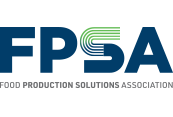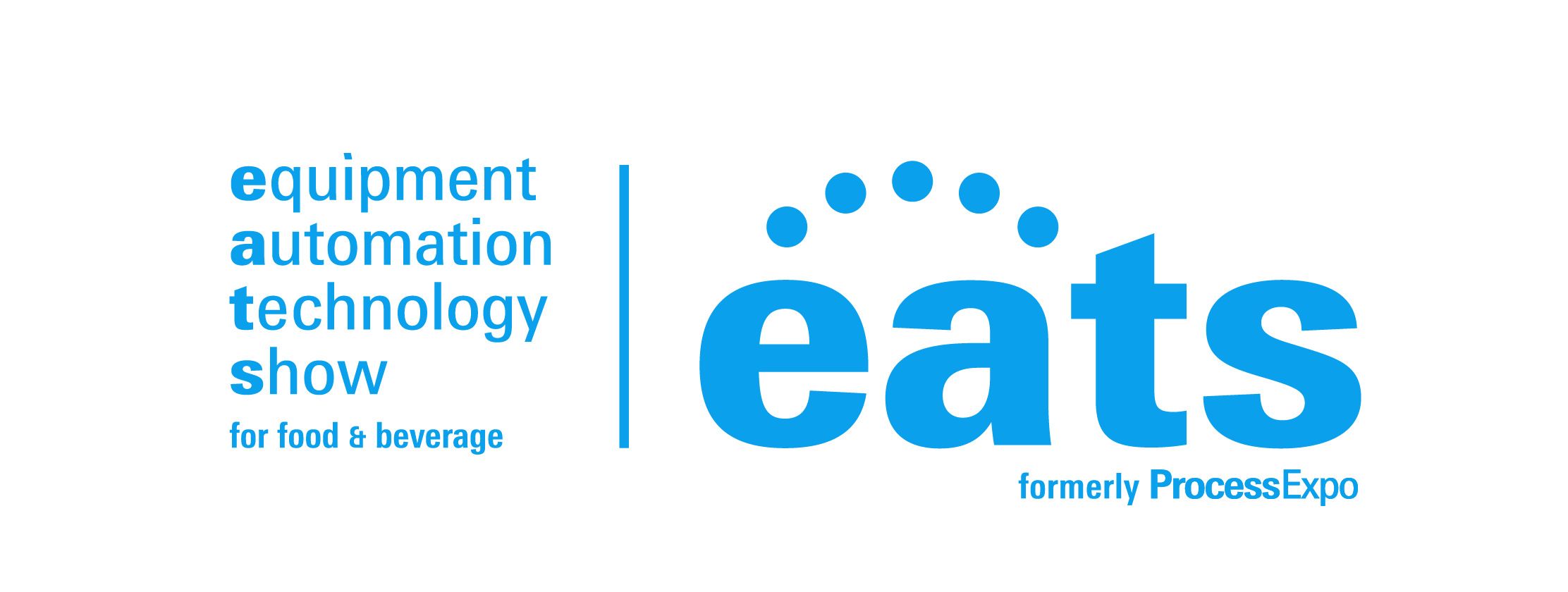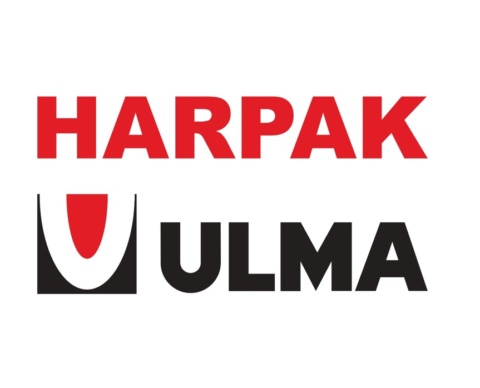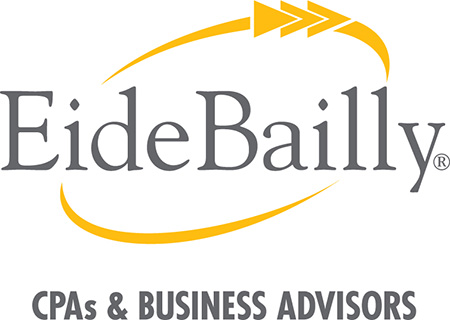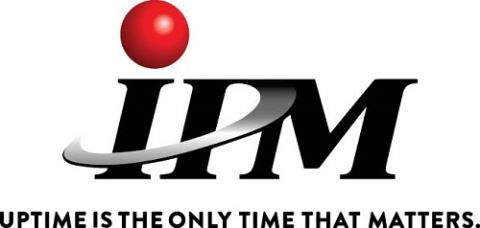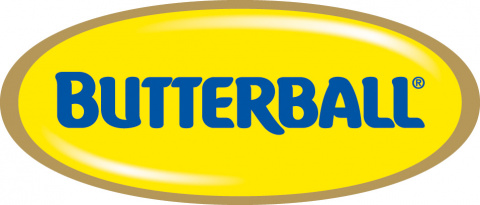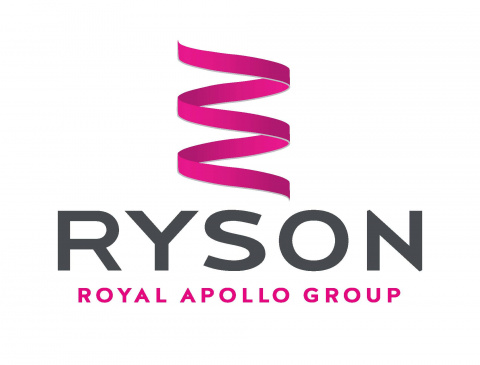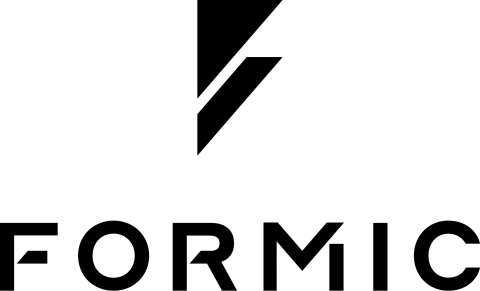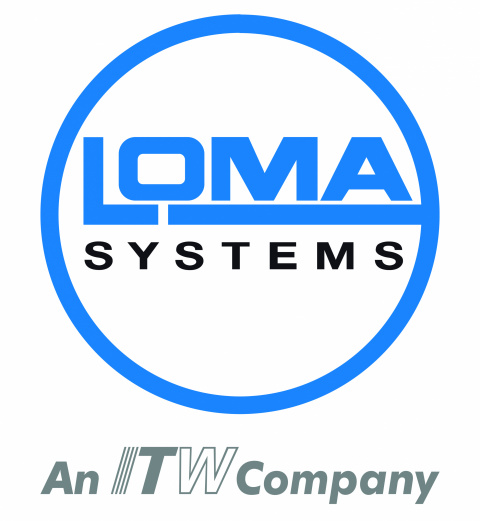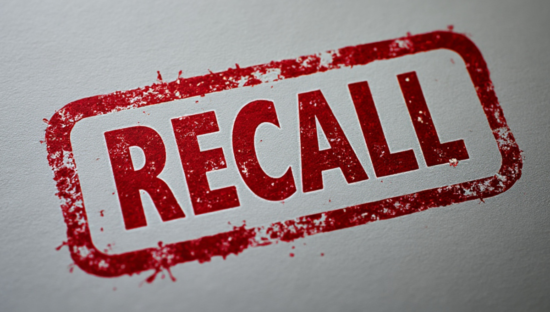
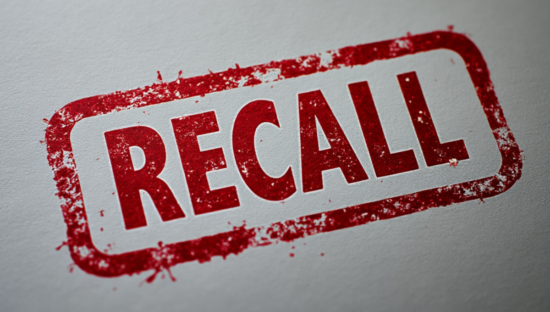
— OPINION —
By Roger Hancock and Vanessa Coffman
Food recalls happen almost daily, but the way they’re communicated to consumers is far from consistent. Despite years of discussion and some progress from regulators (the FDA has provided guidance, and the USDA has their own template) there’s still no universal standard for recall notifications – both what they say and how they are disseminated.
Some companies do a good job writing and disseminating their recall notifications. Many do not. As a result, too many people find out about a recall too late. Official government announcements can be delayed, hard to interpret, or lacking critical details. This is not just confusing and frustrating to the consumer, it’s dangerous.
Consumers deserve recall notices that are clear, specific, and actionable. When done correctly, recall messages clearly state what the issue is, what products are affected, and exactly what to do next. When that information is shared quickly and clearly, it not only reduces public health risks, it also helps consumers feel more confident that the food industry is taking their safety seriously.
Effective Consumer Recall Notifications
Here’s what consumers should expect to see in a short, simple, easy-to-read recall notification, whether on a sign in the store, a government website, or a digital message:
- A clear headline that explains the reason for the recall. You should immediately know if the problem is a pathogen, undeclared allergens, or another safety concern.
- Detailed product information that helps you identify whether the recall affects you. The notice should list brand names, product sizes, lot codes, UPCs, and “best by” or expiration dates. These should accompany high-resolution pictures of the identifying information and where it can be found on the packaging.
- Distribution details about where the product was sold. You should see information about the states, regions, and stores where the recalled product was distributed.
- A plain-language explanation of the risk that explains why the item is being recalled and what symptoms to watch for if you consumed the product.
- Instructions for what to do next. Whether it’s throwing the item away or returning it to the store, the recall notice should tell you exactly how to respond.
- Contact information for the recalling brand, including a website, phone number, and email address where consumers can ask questions and/or get support.
- A QR code or link for updates. Increasingly, food brands are providing QR codes on their products, which consumers can instantly scan for accurate, real-time updates on a recall.
The Push for Standardized Recall Messaging
Fortunately, efforts are underway to create standardized, consumer-friendly recall messaging that will improve the way food companies communicate with consumers. The FDA recently published a letter about the need to modernize recall communication to consumers, which is a well-known, long-standing issue that’s been under-addressed for too long.
Private sector companies, non-profit organizations, trade associations, and other stakeholders are stepping up as champions for standardization and better recall notification practices. Areas of focus include:
- Stop Foodborne Illness is leading research to test and finalize consumer-friendly recall notification templates that clearly communicate risk, reach vulnerable audiences, and improve consumer response.
- The Alliance for Recall Ready Communitiesis working on the process and data side – helping companies better prepare for recalls with tools, simulations, and standardized data sharing. That includes how brands craft and coordinate messaging to consumers through the supply chain.
- SmartLabel and GS1 are working to make QR and 2D codes a ubiquitous food safety tool, allowing consumers to instantly and easily access critical product information. One scan lets you see the most up to date recall information.
- Industry leaders are also looking to overcome common barriers in recall notifications, including how to disseminate information in different languages to better reach non-English speakers, and how to broaden the reach to better target marginalized populations.
These efforts aim to improve recall notifications, so that the information that shows up on your phone, in your inbox, and in stores during a recall will help keep you safe. Better templates, better data, and better systems will mean less confusion and better consumer protection.
When recall messages are clear, concise, targeted, and timely, people take action. That protects individuals and helps reduce public health risks across the board. Improving the recall notification process will help ensure that you don’t have to guess if your food is safe.
About the authors: Roger Hancock is CEO of Recall InfoLink and a steering committee member of the Alliance for Recall Ready Communities.
Vanessa Coffman, Director of the Alliance to Stop Foodborne Illness, has led diverse food systems research projects aimed at protecting worker and consumer health. Since re-joining STOP in 2021, she has expanded the organization’s Alliance membership, staff, and programs, driving a systemic shift toward a stronger food safety culture across the entire food system. Vanessa holds a PhD in Environmental Epidemiology from the Johns Hopkins Bloomberg School of Public Health.
